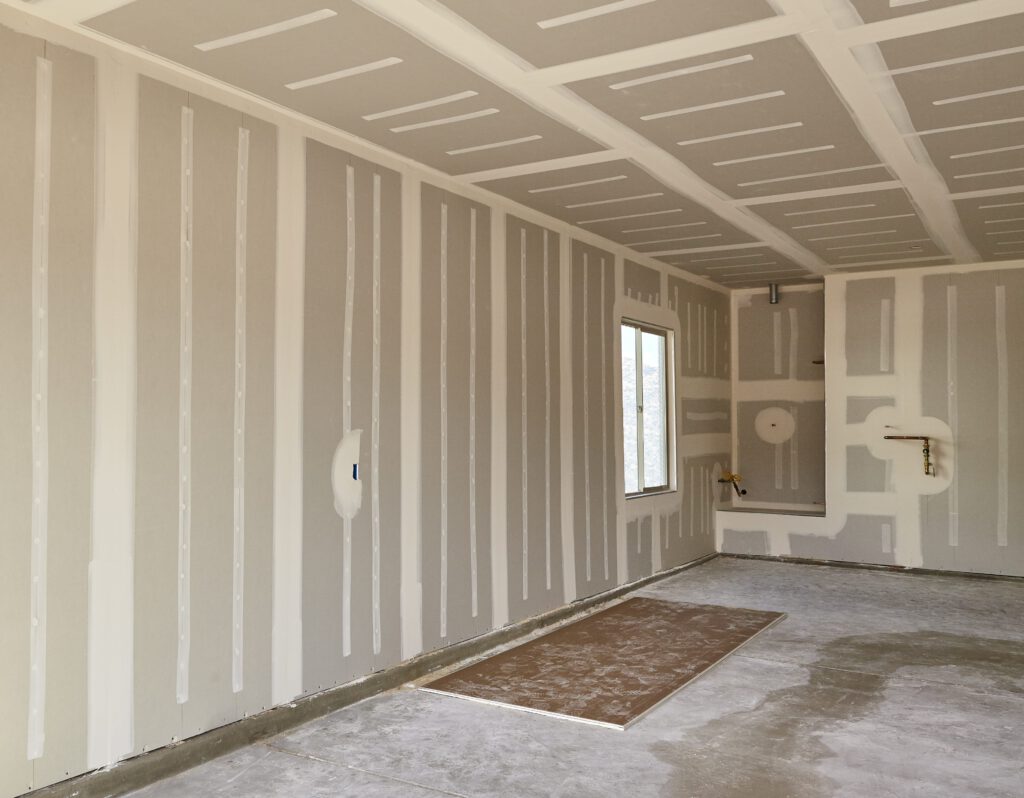
Drywall installation is an important part of a building, but it’s also one of the most complicated things to do. Luckily, there are plenty of resources out there to help you learn how to do it right.
A drywall installation can be a complex process. It involves many different aspects, from deciding on the types of drywall and finishes to hiring a contractor. These factors can have an impact on the cost of drywall installation.
The size of the room can affect the overall cost of the project. Larger rooms will require more labor and materials. If the drywall installation is in a high-ceilinged area, it may require scaffolding.
You can also reduce the cost of your drywall installation by doing it yourself. This can save you hundreds of dollars. Alternatively, you can hire a professional to do the work for you. But before you do this, make sure to do your research.
One of the most time-consuming parts of drywall installation is the preparation. During this stage, the drywall is smoothed. A joint compound is also applied to the surface to cover the joints. There is a 24-hour drying period before sanding.
Finally, painting is the finishing element of drywall installation. The cost of a drywall finish can range from $0.50 to $1.00 per square foot.
For a typical 12 x 12 room, you will need about 18 panels. The price of a sheet of drywall can range from $10 to $20.
When it comes to drywall installation, the thickness of the sheet can have an effect on the cost. Thinner drywall is cheaper than thicker drywall. Also, if the drywall is fire-rated, it will cost more.
Some companies charge a flat fee per square foot. Others take into consideration the size of your job. Regardless, the total cost of a drywall installation will depend on the number of sheets of drywall, the type of drywall, and the complexity of the work.
In addition to deciding on the type of drywall and finishes, you can get a better idea of how much drywall installation costs by getting a quote. Having an accurate idea of what the average cost of a drywall installation is will help you decide which contractors to hire.
If you are unsure about whether or not a drywall installation is right for you, you can ask your drywall installer about the most effective ways to do the work. Depending on the results, you might be able to install the drywall yourself and save money. Alternatively, you can hire a drywall expert.
If you’re planning to do a home improvement project, you’ll want to make sure that you’re installing drywall that is the right size. Having the right amount of drywall will make the installation process go much smoother.
Depending on the type of drywall you’re using, there are different sizes to choose from. The thickness of the drywall is another important factor to consider. This will determine the size of the screws you’ll need to use. For example, if you’re installing drywall over metal studs, you’ll probably need a screw with a larger diameter.
Choosing the right drywall size for your project will also help you minimize the number of joints you have to create. The thicker the drywall, the fewer joints you’ll need to create. Also, the thinner the drywall, the less work you’ll have to do to pull it into position.
When installing drywall, you can use a power drill with a drill bit that matches the size of your screws. This will allow you to drive the screws into the studs without stripping the threads. You can also use a cordless drill with adjustable speeds to avoid ripping the drywall off of the studs.
When choosing the screws, you’ll need to decide whether to use coarse or fine threads. Coarse-thread drywall screws are typically used for attaching drywall to wood studs. However, you can use fine-thread drywall screws in some applications. Fine-thread drywall screws create a tighter grip on metal.
Once you’ve determined the appropriate drywall size for your project, you can begin your installation. Be sure to attach drywall to the joists in the framed area with drywall glue or adhesive. The drywall will need to be wiped off once it’s installed to remove any excess adhesive.
Next, it’s time to set up your anchors. Using your stud finder, you should locate the studs in your drywall. In many cases, you’ll need to predrill your drywall screws to prevent the drywall from splitting.
After your drywall is installed, you’ll need to do a walkthrough to ensure that the walls are plumb and that any lights are in the correct places. A walkthrough will also ensure that no patches or rips are missed.